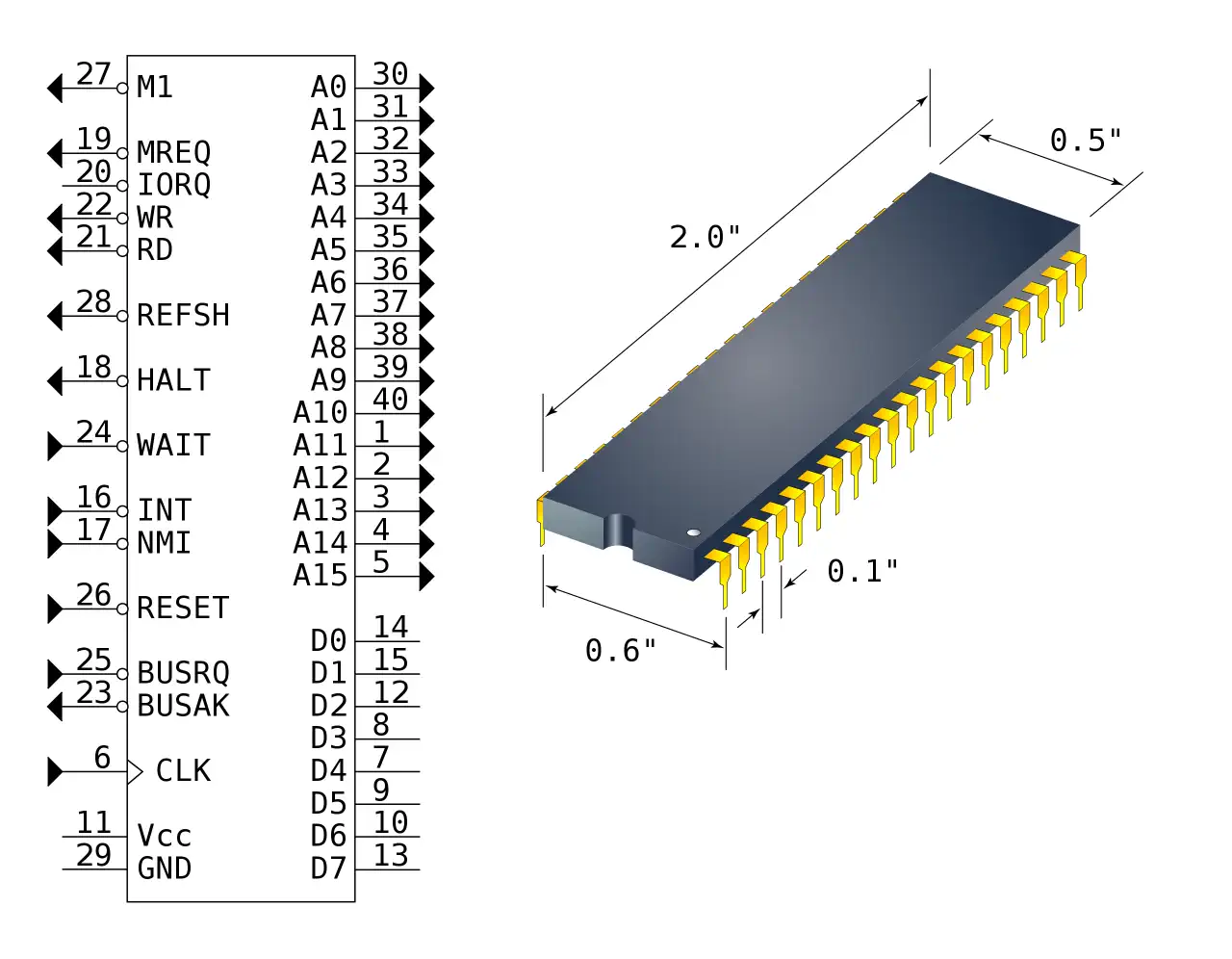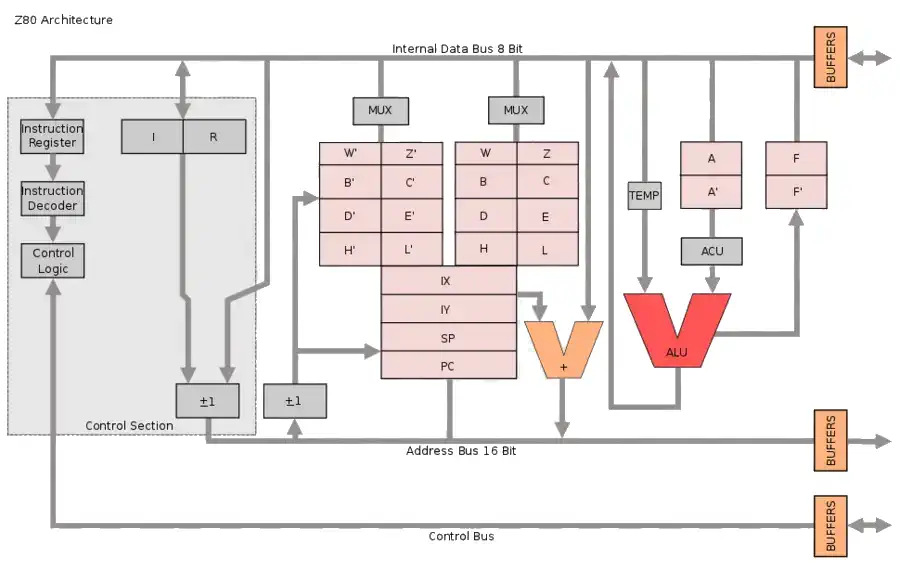The Amstrad GX4000 Game Console
The Amstrad GX4000 is a game console that was based on the Amstrad CPC Plus line of computers. The system was compatible with software for the CPC Plus line, but it could only be loaded from a ROM cartridge. Critics praised the graphics capabilities of the system, like 16 high resolution sprites per scanline, 4096 color palette, but the sound capabilities and the controllers were lacking compared to the competition.
Launched in 1990, the system failed to sell in large numbers. Short after launch, retailers began to discount the systems to get rid of their inventory. The rise of the Commodore Amiga and the Atari ST, as well as the new line of 16-bit game consoles like the Sega Mega Drive system made the GX4000 with it's 8-bit Z80 almost obsolete at launch. A total of 30 games were released for the GX4000.
Amstrad CPC Plus
In 1990, confronted with a changing home computer market, Amstrad decided to refresh the CPC model range by introducing a new range variantly labeled CPC Plus.
The main goals for the Plus range were:
- Enhancement to the existing platform
- Restyled case with a modern look
- Support for cartridge games
The redesigned video hardware allows for various upgraded features
- Hardware Sprites in 15 colors
- Soft scrolling
- Enhanced color palette: extended to 31 out of 4096.
Sound was also enhanced, including DMA transfer, allowing more complex sound effects with a significantly reduced processor overhead. Other hardware enhancements include the support of analogue joysticks, 8-bit printers, and ROM cartridges up to 4 Mbits.
The new range of models was intended to be completely backwards compatible with the original CPC models. Its enhanced features are only available after an obscure unlocking mechanism has been triggered, preventing existing CPC software from accidentally invoking them.
Despite the significant hardware enhancements, many viewed it as outdated, being based on an 8-bit CPU, and it failed to attract both customers and software producers who were moving towards systems such as the Commodore Amiga and Sega Mega Drive which was launched a few short months after the plus range. The plus range was a commercial failure, and production was discontinued shortly after its introduction in 1990.
Amstrad CPC ASIC video circuit.
The later Amstrad CPC line of computers, starting with the 6128 and later models, used a custom-designed ASIC (Application-Specific Integrated Circuit) known as the "Gate Array" to simplify and streamline the hardware design. Amstrad introduced the Gate Array ASIC in the CPC line to handle various system functions that would otherwise require multiple discrete chips, helping to reduce manufacturing costs and improve reliability while enhancing the system's graphics and memory control capabilities.
The Gate Array managed several key tasks, such as controlling video output, managing system timing, and handling memory access. This chip was responsible for selecting the CPC’s video modes, which offered a range of color and resolution combinations: Mode 0 for low resolution with up to 16 colors, Mode 1 for medium resolution with 4 colors, and Mode 2 for high resolution with 2 colors. By centralizing video processing in the Gate Array, the CPC could render smooth graphics with minimal strain on the main Z80 processor. The chip also allowed the CPC to use a standard RGB monitor connection, providing a clearer display compared to contemporaries that often relied on composite video output.
In addition to video control, the ASIC facilitated efficient memory management by coordinating between RAM and the system's various components. This streamlined architecture was crucial for the CPC’s performance, enabling it to compete with other 8-bit systems like the Commodore 64. The Gate Array ASIC made the CPC’s hardware simpler, more efficient, and affordable, contributing to the system's success in Europe and helping the CPC series stand out in a crowded home computer market. This approach allowed Amstrad to offer a powerful, cost-effective computer with graphics capabilities that attracted both hobbyist programmers and gamers.
CPU View - Zilog Z80 Family
The Z80 quickly became popular in the personal computer market, with many early personal computers, such as the TRS-80 and Sinclair ZX80, using the Z80 as their central processing unit (CPU). It was also widely used in home computers, such as the MSX range, SORD, and the Amstrad CPC, as well as in many arcade games. Additionally, it was also used in other applications such as industrial control systems, and embedded systems. The Z80 was widely used until the mid-1980s, when it was gradually replaced by newer microprocessors such as the Intel 80286 and the Motorola 68000.
The Z80 microprocessor was developed by Zilog, a company founded by Federico Faggin in 1974. The Z80 was released in July 1976, as a successor to the Intel 8080. It was designed to be fully compatible with the 8080, but also included new features such as an improved instruction set, more powerful interrupts, and a more sophisticated memory management system.
The Z80 quickly became popular in the personal computer


VRAM: 16kB Sound Chip General Instruments AY-3-8912 Sound 3 wave channels + white noise + PCM Display Chip ASIC Display 160x200, 16 colors
320x200, 4 colors
640x200, 2 colors
4096 color palette Best Color 4096 colors Graphics 160x200 in 16 out of 4096 colors Sprites 16 16x16 sprites in 15 additional colors System OS Amstrad Boot Loader for ROMs Storage Rom Cartridges

